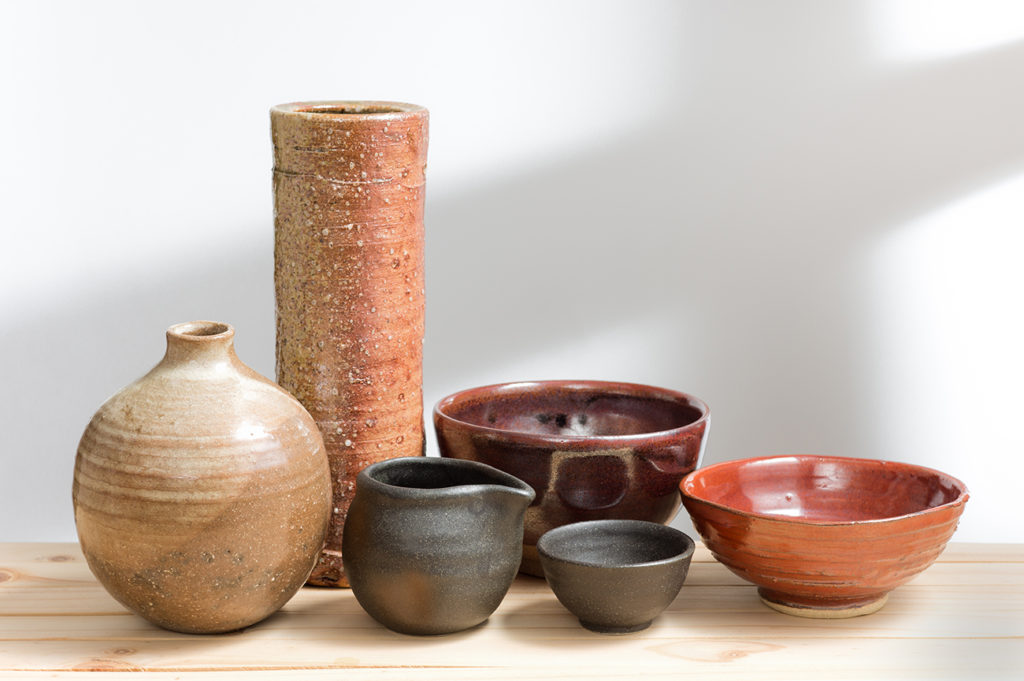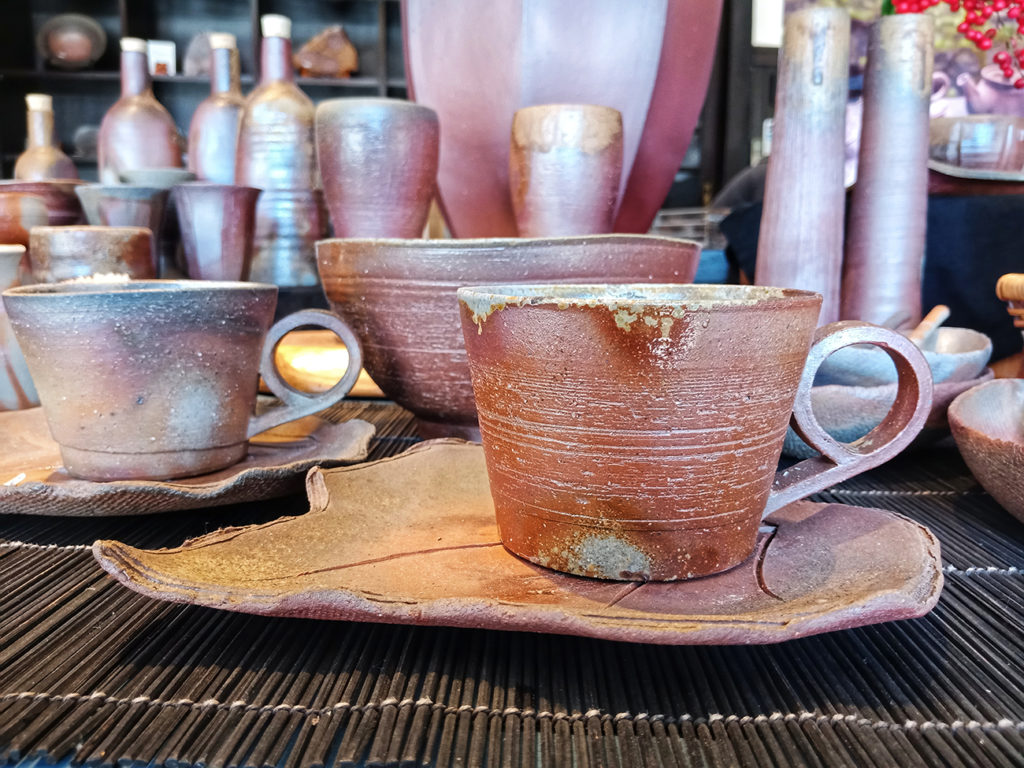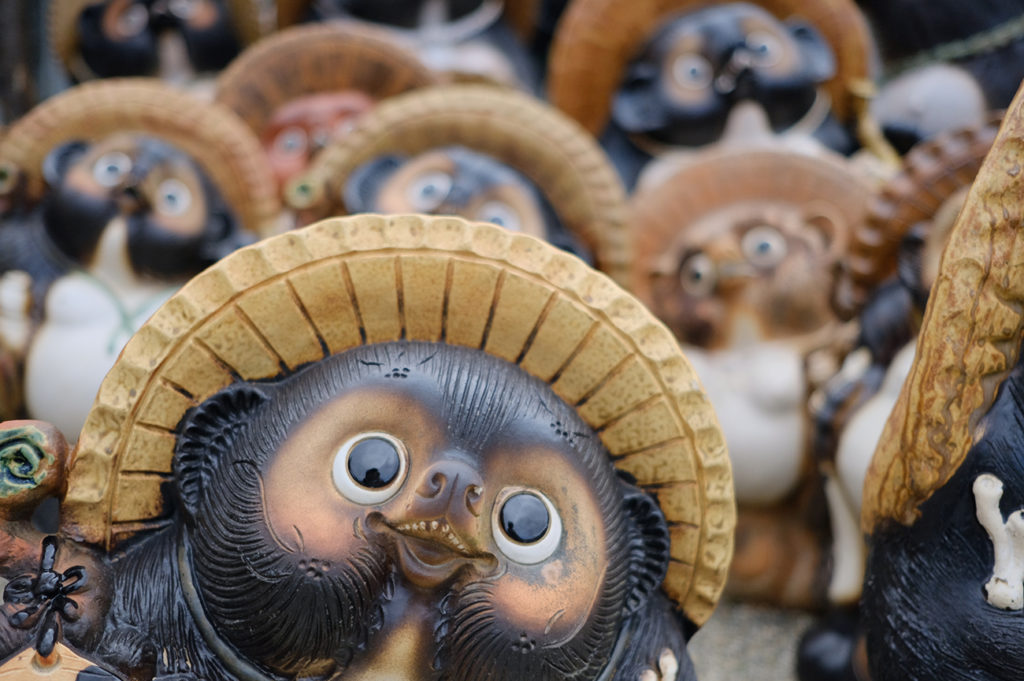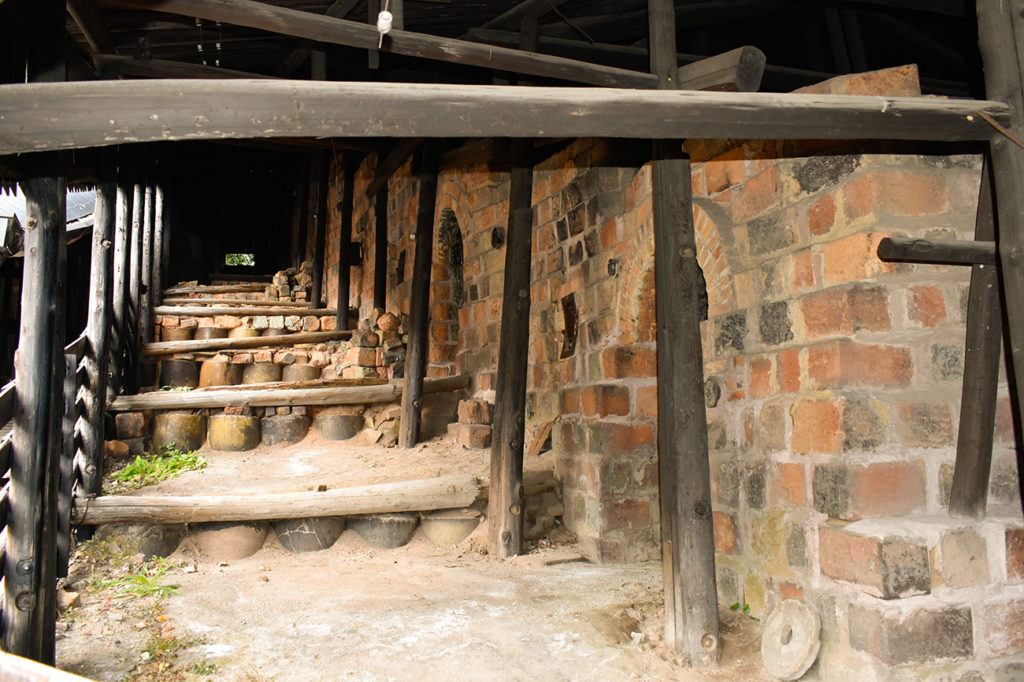
Six Ancient Kilns of Japan
One of the oldest Japanese crafts and artforms are pottery and porcelain that can be traced back to the New Stone age or Neolithic period. Kilns have been used to produce pottery, earthenware, stoneware, porcelain, glazed pottery, glazed stoneware, and blue-and-white ware. Earthenware were being made as early as the Jōmon period (10,500-300 BCE) with the country having one of the oldest ceramic traditions in the world. Ceramics also hold particular esteem with the enduring tradition of the tea ceremony.
The ”Six Ancient Kilns” of Japan are ceramic making sites that have long histories. The kilns are known to carry on the traditional ways of producing Bizen ware, Tanba, Shigaraki, Tokoname, glazed Seto ware and unglazed Echizen. All six styles of pottery were created in Japan and are the basis for the domestic ceramics industry in the country. The production from the “Six Ancient Kilns” have been continuous for almost 1,000 years using centuries old pottery techniques.
Bizen ware
Bizen ware – named after the village of Inbe in Okayama Prefecture, previously known as Bizen province. Most of the ceramics produced in the southeastern part of Okiyama Prefecture are known as Bizen ware. Bizen ware is characteristically reddish-brown in color. It is known for being hard as iron, and it isn’t glazed like other types of pottery. It has distinct markings from the wood-burning kiln (an insulated chamber or oven with controlled temperature used for hardening or drying earthenware) firing.
Tanba ware – ashes that are created during the firing process produce the natural glaze on Tanba ware. Ash sprinkle or hai kaburi is a chemical reaction caused by the ash from pine firewood melting with the enamel and iron contained in the clay that gives of its distinctive appearance.
Shigaraki badger
Shigaraki ware – this type of potters has a characteristic coarse texture from the use of unseived clay and the chemical reactions during the firing process. The end product of this style of pottery is known as the Shigaraki badger which garnered national recognition in 1951 when Emperor Showa (1901-1989) was greeted by numerous badger figurines when he visited the town.
Echizen ware – uses red clay that fires well at high temperatures producing a dark red or reddish-brown color finished products. The most popular product produced by the Echizen kilns are roof tiles. Echizen red tiles are regarded as one of the three best tile types in all of Japan up until the mid-19th-century.
Tokoname ware – can be traced to the 12th century. The Takasaka kiln that produces Takoname was build in the 14th century where it has a chamber called “climbing kiln”. Modern Tokoname ware lay the foundations for earthenware pipe making and introduced redware for which the town is known for. Tokoname in known for wind chimes, redware tea pots, tea incense burners and shochu servers.
Seto ware – is the most unique amongst the six ancient kilns for it is the only one to produce glazed ceramics known as Ko-Seto (ancient Seto). The clay in the are contains almost no iron at all that creates a beautiful white bisque. Decorations are then applied with an enamel glaze before final firing.



